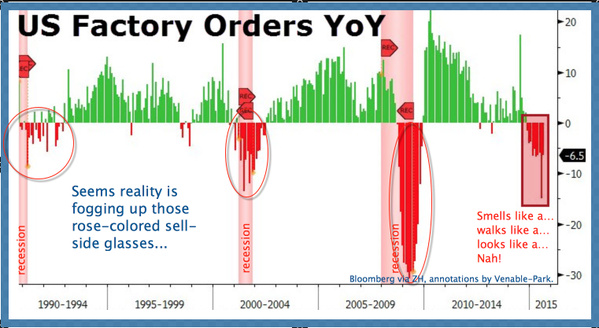Emissions fraud is hitting highly leveraged VW car dealers like a ton of bricks. Not only is there now a deserved public stigma against the cars, but VW’s ‘Stop Sales Orders’ have forced dealers to pull previously popular models from their lots, tying up frozen inventory as the car values plunge. Thanks to the surge in ‘easy’ loans and lease terms the past 7 years, dealers were encouraged to build out lavish showrooms and operations to meet demand that always was unsustainable. As cash flow dries up, financial vulnerability glares on all sides. Law suits are just beginning, see: Volkswagen dealers on the ropes.
Most dealerships have a low threshold for adversity; liquidity and cash positions are affected very quickly. For example, having $200,000.00 in cash tied up in ten to twelve recalled vehicles that can’t be sold can cripple a dealership.
Dealers that rely on debt (floor plan) to finance their operations have even less ability to withstand hardship because payments must be made on the balance of the unsold inventory. A dealership should not have any more money tied-up in inventory than is absolutely necessary. This is why dealers sell vehicles to other dealers, even if the sale is at a loss. Doing so eases cash considerations. Excess inventory levels have negative consequences on cash flow and, consequently, on the ability to meet the cash demands of an ongoing business [ie., pay employees, sales people, vendors and service providers, taxes etc.]
And there are much broader insights to be noted here as well. See, Volkswagen scandal a sorry sign of the times:
“Illegally rigging vehicles to pass emissions tests hurts everyone, but legal loopholes create similar problems. Just look at SUVs…SUVs are classified as “light-duty trucks” and are subject to less strict emissions standards than cars. Yet, most people treat them the same as cars.
This creates incentives for manufacturers to produce more heavy vehicles or even to design cars as trucks, such as Chrysler’s PT Cruiser. According to the Economist, “As vehicles above 3.8 tonnes were long exempted from the American regulation, manufacturers started producing enormous vehicles such as the Hummer to avoid any fuel-economy rules.”
Even with fuel-efficiency improvements, vehicle emissions have more than doubled since 1970 and will increase as demand rises in countries like China, India and Brazil, according to the Intergovernmental Panel on Climate Change. Studies show that because fuel efficiency makes it less expensive to drive, people drive more.”
Emission’s Gate provides just another teaching/learning, behavior-evolving epiphany for thinking people. Perfect for an election year in North America where the fossil fuel economy is already imploding. All the reasons and needs and technological advancements to evolve to electric vehicles and renewable energy grids, have all come together at last.



